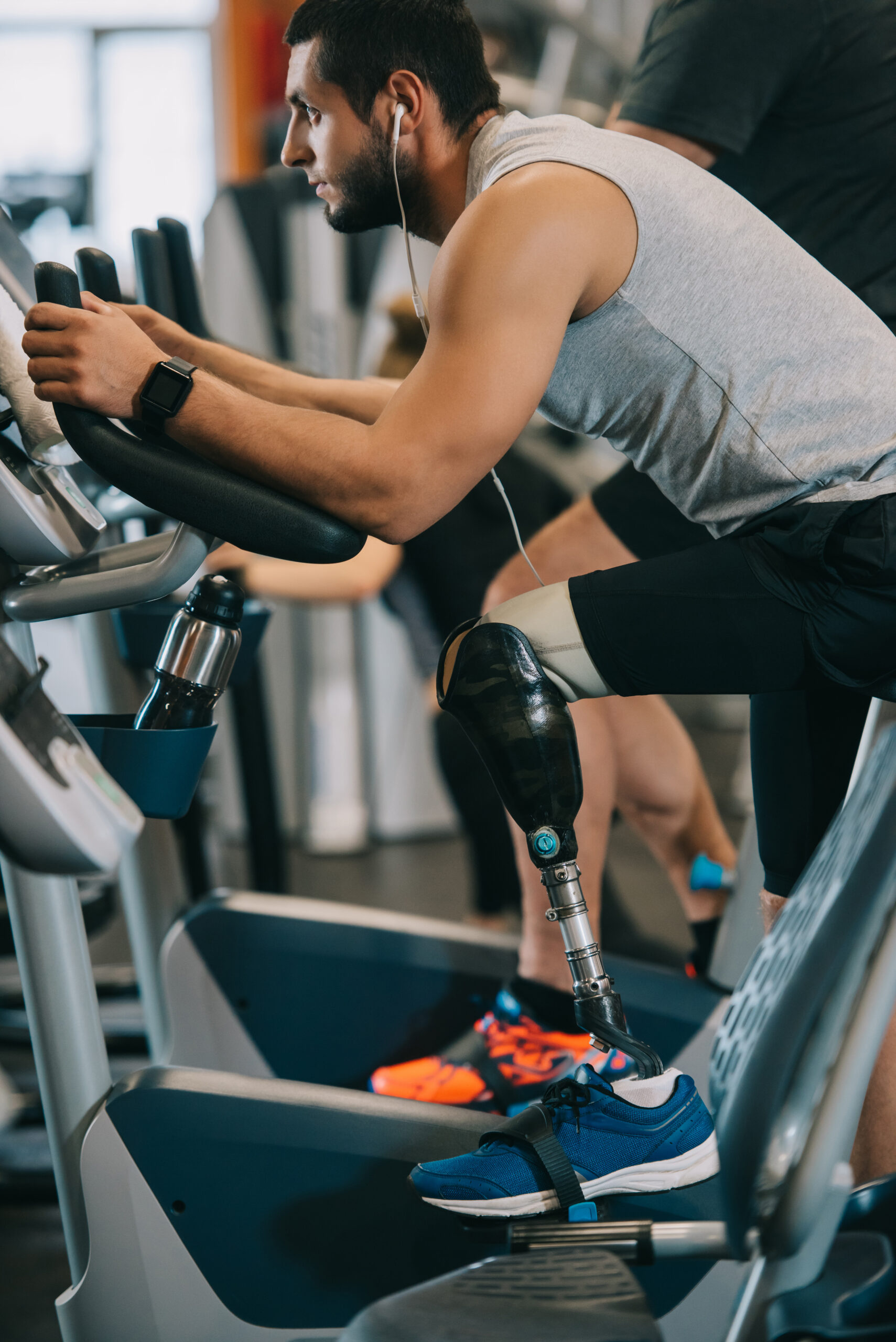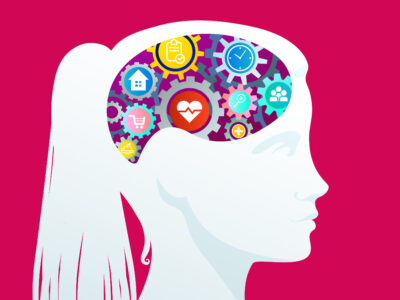Older Adults with Chronic Pain Can Benefit From Being Physically Active
According to the Centers for Disease Control and Prevention (CDC), around 50 million adults in the U.S. experience chronic pain each year (1). Those who are more likely to be impacted by it are older adults. Often, those who are experiencing chronic pain will shy away from being physically active, assuming it will lead to more pain. The research, however, shows that it may be the complete opposite of that.
A study published in the December 2023 issue of the journal Pain Management Nursing shared the results of a study conducted to see if physical activity and social participation could be beneficial in helping older adults with chronic pain (2). The study analyzed data from the National Health and Aging Trends Study, which included over 7,100 participants.
They found that those participating in social participation and physical activity reported fewer pain sites at baseline. They also say that social participation was not associated with the development of any new pain sites or the worsening of any chronic pain. However, they found a 10% lower risk of further pain or worsening pain in those who participated in walking or vigorous exercising.
The researchers conclude that physical activity is effective at protecting the person against developing or worsening pain sites. Social activity was found to have different benefits. Those who are helping older adults with chronic pain may consider suggesting physical activity as a way to help protect the person from experiencing more pain sites or their pain becoming worse. Social activity may bring other types of benefits, but physical activity proved to be more beneficial.
Older adults with chronic pain may benefit from doing physical activity like walking, water aerobics, yoga, strength training, gardening, and tai chi. Finding a physical activity that people are comfortable doing and will stick to regularly is essential to becoming a regular habit. Whether doing physical activity at the gym, in a senior exercise group class, or simply taking walks, there are many benefits of getting regular physical activity for those with and without chronic pain.
Although social participation may not help much with chronic pain, there are still benefits. According to the CDC, social connectedness helps people be more likely to make healthy choices and have better mental and physical health outcomes (3). They also report that social connectedness can help prevent heart disease, stroke, dementia, depression, and anxiety. Being socially connected to others can help people in other ways outside of pain relief.
Sources:
- Centers for Disease Control and Prevention. Chronic Pain Among Adults. April 2023. https://www.cdc.gov/mmwr/volumes/72/wr/mm7215a1.htm
- Pain Management Nursing. Physical Activity, Social Participation, and Pain Outcomes Among Community Dwelling Older Adults. December 2023. https://pubmed.ncbi.nlm.nih.gov/38151363/







